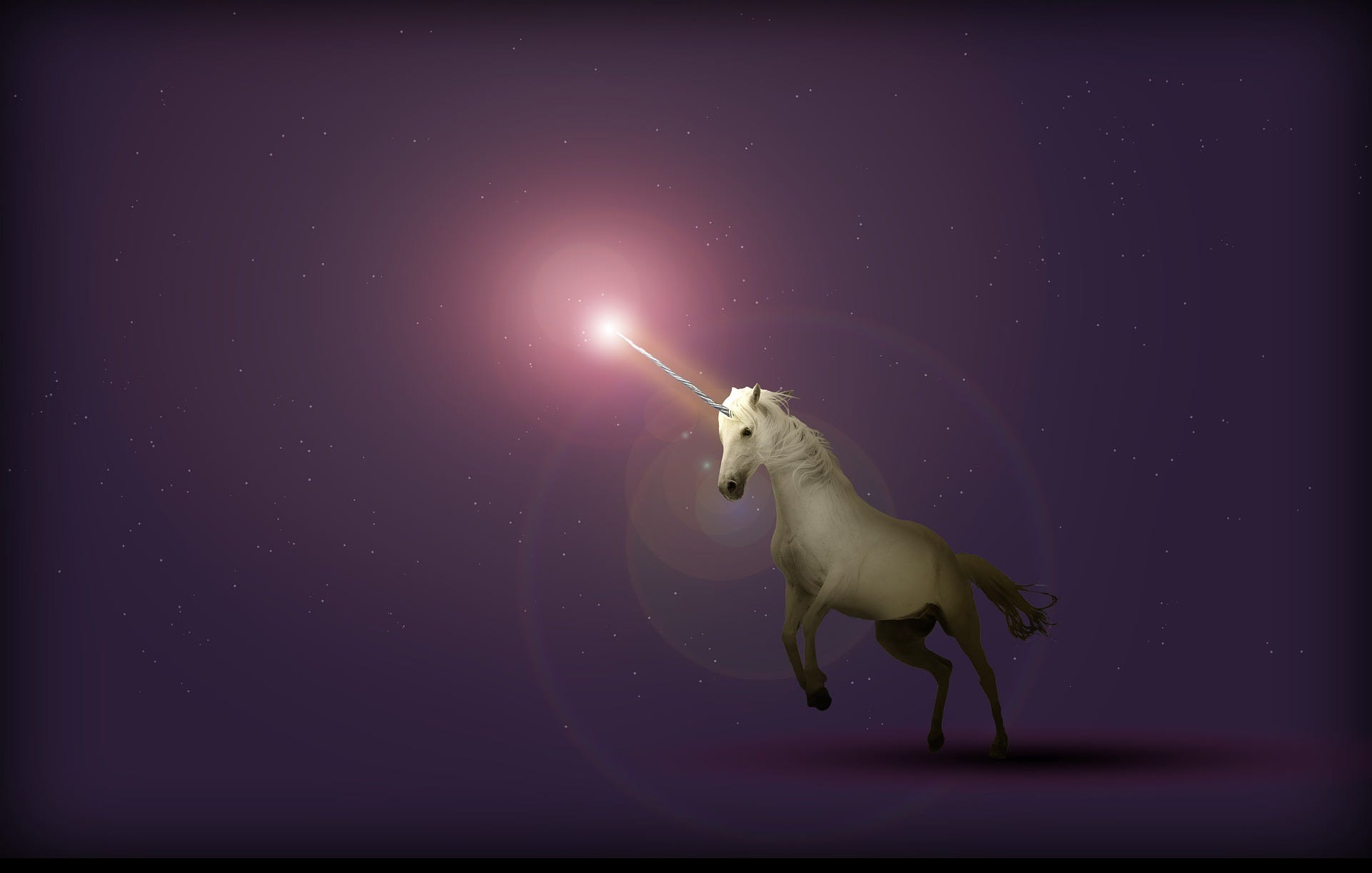

I used to work very closely with an incredibly astute business woman. She would point out many times that most people hadn’t cultivated the capacity to think strategically. Over the years, I’ve realized again and again how right she is.
Strategy isn’t based on a static document, the strategic plan. It is an ongoing, evolving and emerging process where elements of strategy reveal themselves as the plan confronts reality and the outside world. As the boxer Mike Tyson said
Everybody has a plan until they get punched in the face.
We need to be flexible and adapt our strategy to roll with the punches.
Strategy moves from strategic thinking, to planning, to implementation. Then the impact is measured and analyzed and the process begins again.
Business leaders are like athletes in that they play the game while simultaneously observing it as a whole. It is challenging to maintain perspective and see the big picture while not getting embroiled and lost in the action.
It is the challenge of keeping emotional distance while being totally engaged. We want to avoid the trap of winning the battle but losing the war.
Leaders develop the ability to think strategically. This takes long-range vision and a sense of the multiplicity of potential futures. Leaders are always scanning the horizon for new developments, threats, and opportunities and thinking about how to either exploit, avoid, or defend against them.
Leaders create the vision and managers implement the vision. Both roles take strategic thinking.
Creating the Vision
All enterprises and projects, large or modest, begin in the mind as a vision of applied imagination. They emerge from the creative imagination and are nurtured with the conviction that what is merely a dream can be made real and tangible.
To get from vision to reality takes a practical plan. Strategic thinking is part of this translational process.
Strategic thinking requires a certain mindset. It takes a way of thinking that
• Embraces change,
• Examines the causal links and outcomes of change, and
• Attempts to steer an organization towards capitalizing on change.
The operative word here is change. Strategic thinking attempts to understand change and harness it.
Carpe Diem
Strategic thinking is about seizing opportunities and leveraging available resources in the most productive manner for the long-term viability and success of the enterprise. You have to be opportunistic and make use of the resources at your disposal.
“Do what you can, with what you have, where you are.”
Theodore Roosevelt
Strategic thinking is entrepreneurial in its imperative to action and the pursuit of opportunity.
Strategic thinking operates on some general premises. First is acknowledging the reality and inevitability of change. We live in a world of ever accelerating rates of change. We need to play like Wayne Gretzky:
A good hockey player plays where the puck is. A great hockey player plays where the puck is going to be.
A strategic thinker questions current assumptions and activities and envisions possible futures. These possible futures help generate new ideas. Bismarck defined statesmanship as the art of the possible. Entertaining the art of the possible pertains to strategic thinking as well.
Strategic thinkers examine the adjacent possible and guide the enterprise towards those potential futures.

Strategic thinking is conceptual thinking that focuses on systems and how things are interrelated and function together. A change in one part has implications for other parts of the system. It is systems thinking.
This type of thinking considers the organizational fit with the external environment and takes into account the core competencies of the organization. These put practical limits on the possibilities of what is achievable.
It is translational thinking in that it translates abstract concepts and generalizations into practical actions.
Timing and Luck
Strategic thinking takes into account timing. Don’t fall into the trap of anticipating changes that are a bridge too far. Don’t be right too soon (like the first mouse). Being ahead of your time doesn’t work well in business. The early bird gets the worm, but the second mouse gets the cheese!
When investing, Venture Capitalists understand that timing is more important than entrepreneurial talent or product/service feature sets. It is better to be lucky than smart and luck depends on timing.
When Napoleon Bonaparte was criticized for winning battles simply because of luck, he famously responded: “I’d rather have lucky generals than good ones.” When one of Napoleon’s confidants recommended a general as being competent he said, “I know he’s a good general, but is he lucky?”
Luck depends on timing and on hard work. Believe in the value of luck and you will find the harder you work, the more of it you will have.

Change
There is nothing permanent except change.
Heraclitus
The one constant in this world is change. Prepare for it. Strategic thinking assesses the evolving needs of stakeholders and the technological, social, economic, political, and competitive demands of the environment.
A Questioning Mindset
Strategic thinkers are always questioning assumptions and the status quo:
• “What are we doing now that we should stop doing?”
• “What are we not doing now, but should start doing?”
• “What are we doing now that we should continue to do but perhaps in a fundamentally different way?”
• “What can we do better?”
These questions are applicable to everything an enterprise does including its products and services, operational processes, policies and procedures, and its strategy.
Focus
Strategic thinking is supported and influenced by the continuous management of the strategy. It is documented through the periodic process of strategic planning. Feedback and measurement is critical to gauge the relevance and impact of strategy. This in turn influences the thinking.
Strategic thinking focuses on the impactful and the important. Without strategy we are prone to being reactive and focus on the immediate urgent tasks that spring up. The urgent is not necessarily what is important. Strategy helps us stay focused on what is important. It gives us criteria by which to prioritize our actions and make better decisions.

Our brains fool us by conflating urgency and importance and we end up doing minor tasks that seem urgent but are of little long-range importance. And we allow the important life changing projects to languish. This is a form of procrastination.
Here is a profound quote by a deep thinker on the power of focus. If we try to do too much, we end up doing more harm than good.
To allow oneself to be carried away by a multitude of conflicting concerns, to surrender to too many demands, to commit oneself to too many projects, to want to help everyone in everything is to succumb to violence. The frenzy of the activist neutralizes his or her work for peace.
Thomas Merton
Strategy is about long range thinking and employing penetrating vision. You are trying to see through walls and around corners. Question and scrutinize assumptions, understand systems and their interrelationships, develop alternative scenarios of the future and examine their implications. Challenge the status quo.
Strategy is about scanning the horizon and forecasting changes and convergences, in technology, competition, and customer needs and tastes. This includes external technological, social and demographic changes, as well as changes in the legislative and political arenas that can impact your business.
Think like a strategist. Always play the long game.

This story is published in The Startup, Medium’s largest entrepreneurship publication followed by +369,832 people.
Subscribe to receive our top stories here.

Receive my 7 day email course
Take your finance skills to the next level with my 7-day corporate finance email course. You'll learn all the essential topics from financial analysis to risk management in a fun, engaging format. Each day, you'll receive an email with practical examples, exercises and resources. Perfect for aspiring finance pros or anyone looking to expand their knowledge. Get ready to transform your finance game!
If you like this article. Here are some more articles I think you might like.

The Road to Becoming a Unicorn: A Quick Guide to Startup Funding Rounds

Oh Behave! Behavioral Economics: Why we do what we do.




